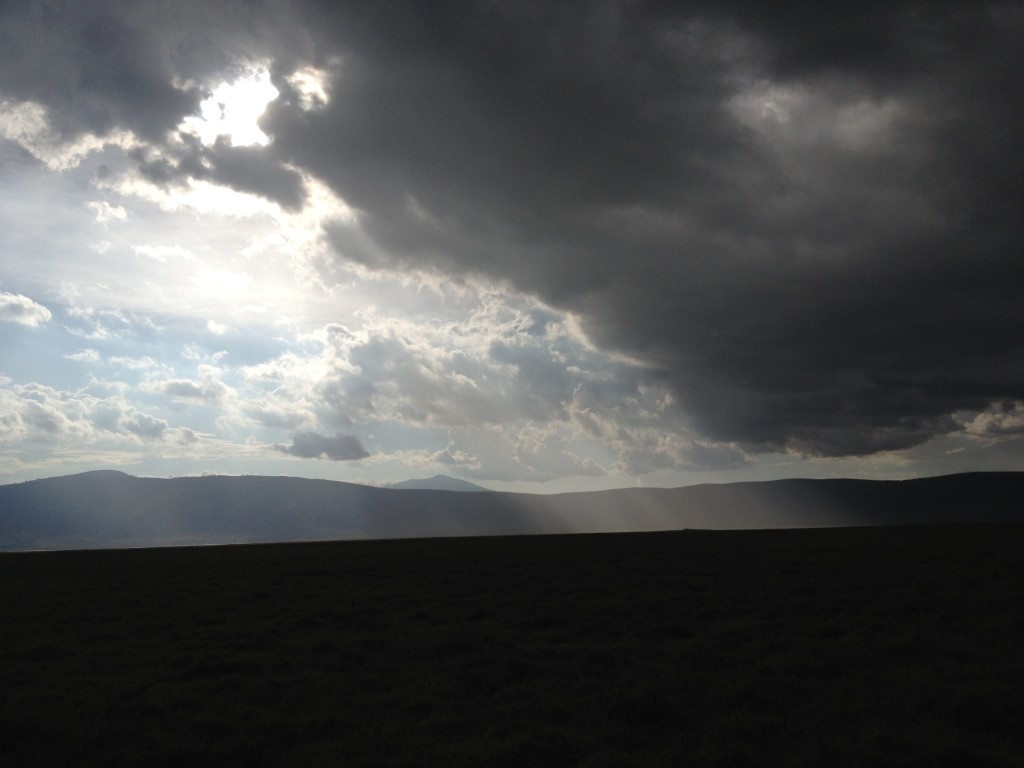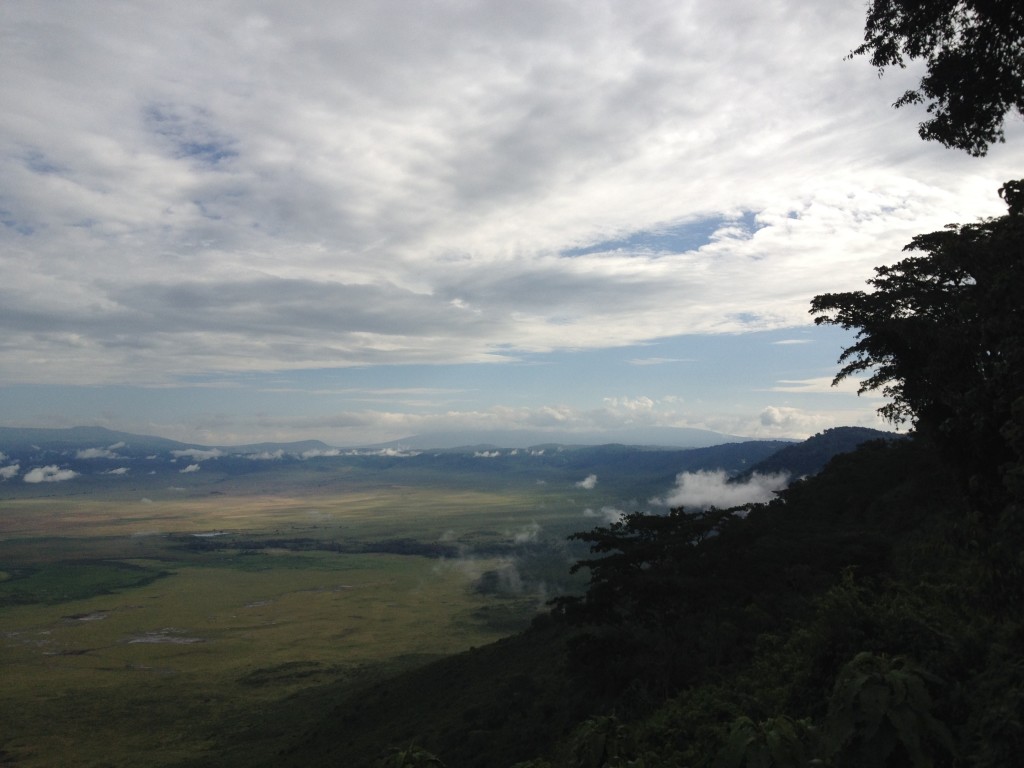
The Ngorongoro Crater is “the world’s largest inactive, intact, and unfilled volcanic caldera,” according to the journal Biological Conservation. The crater was created when a large volcano exploded and collapsed on itself two or three million years ago.
I recently visited Volcanoes National Park in Hawai’i and it’s hard to imagine a spewing, roiling crater of lava ever becoming a wildlife habitat. I guess it just takes two million years.
The Ngorongoro Crater is home to about 25,000 large animals and so many more birds. There were thousands of Adhim’s Stork; you’d think it was the epicenter of human creation.
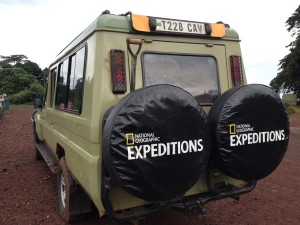
It was very cool to see more than one Black Rhino in the crater. Their population dropped about 90 percent in the crater from the 1960s to the 1990s. Today, there are still only about 25 Black Rhino in the Ngorongoro Crater Conservation Area. They are rare to see and we were very lucky.
While most of the animals that live in the crater are down there their whole lives, the animals can leave the crater, and do. Any migrating usually coincides with dry and wet seasons.
After we saw the crater from the rim, we drove west through the conservation area to a nearby Maasai village where the Maasai chief’s son showed us his home and told us about his culture.
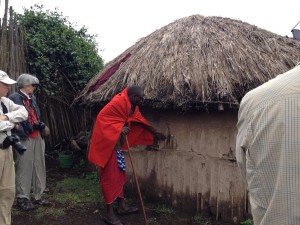
The villages are surrounded by fences called bomas. Within each boma a few families will live. These permanent dwellings house the women, small children and older villagers. The adolescent men leave the bomas to learn to be warriors and to graze the prized cattle on greener grass when the rains leave the nearby grasses dry.
According to Tanzanian law, all youths must be educated. Most Maasai children have to walk long distances to get to their schools — and the reality is some don’t go at all. The village we visited had a school very close by, but not all Maasai children are so lucky.
The Maasai people reminded me very much of the Amish culture in the United States. As I understand it, both cultures are trying to find a balanced way of honoring their traditions through continued practice, while still moving forward with the innovations and (some) expectations of the modern world.
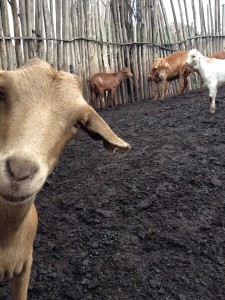
The chief’s son told us that the Maasai respect education. He had attended secondary school — a rarity for most Tanzanians — and university in Tanzania. A majority of Tanzanians are technically unemployed. They live by raising or growing their own food. They trade for the other things they need. The Maasai are much the same.
They raise meat, and rather than grow produce, they trade for it or gather it from the land. They make crafts to sell for money and buy the fabric for their clothes. They use cellphones and wear watches.
But each day they gather wood to make fires and graze their cattle and goats on open plains. They train their men to defend their family’s livestock with spears and live in handmade huts with dirt floors and no windows (to keep it dark so the flies are less inclined to come in and bother them).
It’s a delicate balance between old and new; traditional and modern. Each innovation is weighed for it’s merits and whether it will compromise an aspect of the Maasai culture that needs to be preserved. Any changes are happening slowly and each village is moving at its own pace.
